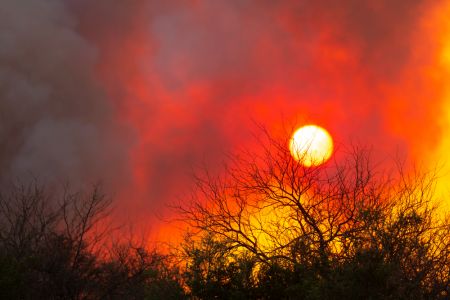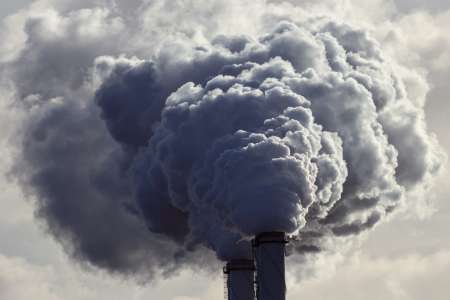Living with Ecological Catastrophes
Nature's distress directly correlates with increased monetary costs which are rising every year. We must move toward taking immediate actions to address the crisis.
05/07/2024

The Three Disrupters
Hurricanes might not be blowing your home away today, and temperatures in Turbat (Pakistan ) of 53.7°C (128.7°F) are far away and not causing you problems unless you live there, but global climate change, pollution and ecological devastation are disrupters that carry very real financial costs that directly affect every one of us. Even when costs are not caused by catastrophic environmental impacts, they creep into our daily lives in ways that remain largely unseen and are escalating. For some, the loss of lives and homes, but for all, emptying our wallets in sometimes subtle but extremely substantial ways.
Climate change is in the news and very hard to ignore. According to Nature, “Climate change is costing trillions — and low-income countries are paying the price.” Corporations and governments are affected as their materials, energy, transportation, and other costs rise. They then pass them on to us as higher taxes or on the prices we pay for goods. These are all real expenses paid by everyday citizens. The costs are rising from the foods and water consumed to the infrastructures we rely on.
Olives in Mediterranean regions are failing due to increased temperatures. Peach crops in Georgia, USA, were devastated, with approximately 90% of the crop destroyed, as Sam Gringlas from Wabe reported. A new study published in the Nature Food Journal projects that 2023 corn (maize) crops could decline by 24% and wheat by 17%. Coral reefs, the homes of many species of fish and marine foods, are decimated by warmer and more acidic water, and the price of seafood rises. Meanwhile, bees, nature’s pollinators, are in a precipitous decline, affecting the prices of many fruits and vegetables.
Beyond the costs of the food we eat, climate change-related issues, such as hurricanes, forest fires, landslides, and coastal flooding, have caused severe damage and costs. Your energy costs also change due to hotter temperatures and increased air conditioning costs. Human health costs, both from suffering and death, as well as the costs of treating them, rise as diseases migrate into new areas.
Infrastructure codes must be more weather-resilient to stave off future damages, increasing home, business, and government costs. Painfully, and seen in more and more areas, insurance companies in the United States have stated that they will not write new homeowner insurance policies. Others have dramatically raised rates to cover losses.
The biodiversity we absolutely must have to survive is being lost, and with this, weakened ecosystems such as forests are less capable of providing natural protection against severe weather events. Healthy forests and wetlands sustained by diverse species populations absorb significant amounts of water and thus prevent or minimize flooding. When these protections are lost, and severe weather occurs, huge costs are incurred.
If you are living in Turbat, Pakistan, during the hot season, the environmental connections to suffering in overwhelming heat will be seen clearly. For most of us, the connections are often murky, but there is no doubt that more money and higher taxes are needed for an endless number of things we must have or rely on. No matter how hidden the links are, we all pay more and empty our wallets when the environment is trashed.
There are many reasons why we all must preserve nature. Some are ethical, but the financial toll of pollution, climate change, and ecological devastation, which we have labeled “The Three Disrupters,” is enormous and growing. Solving the existential crisis we have created will not come cheaply. Estimates run in the trillions of dollars, and no one is sure if that will be enough. These are mind-boggling costs, but they pale in relationship to the disruption of our lives in all areas, including innumerable deaths, that are coming if we do not take action.
The path toward solutions requires effort, commitment, and money flowing from governments, businesses, and individuals. Our planet’s future, and that of every living thing upon it, absolutely depend on our being caretakers of the Earth.




















